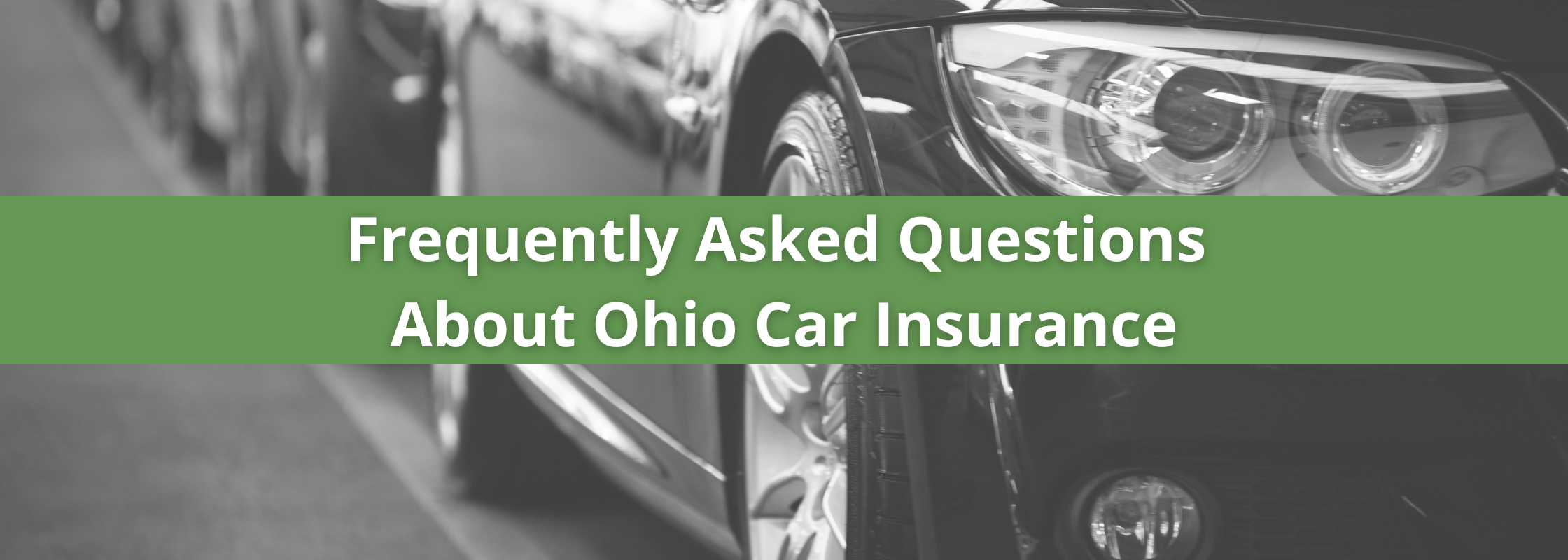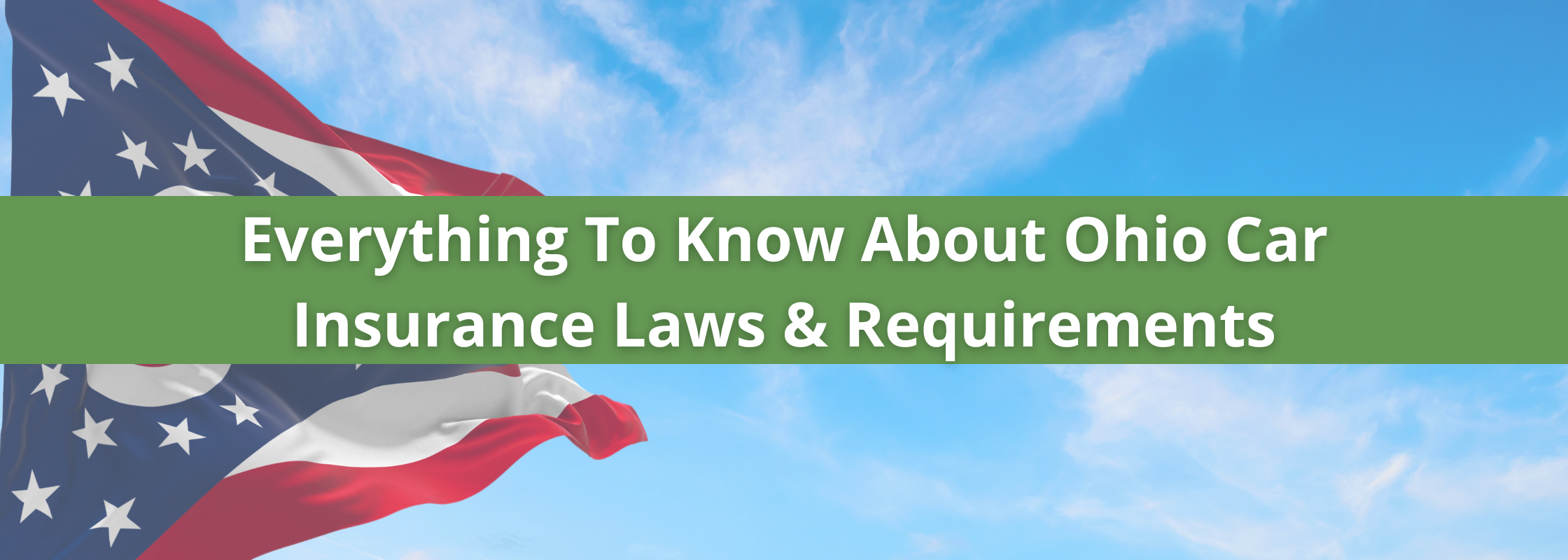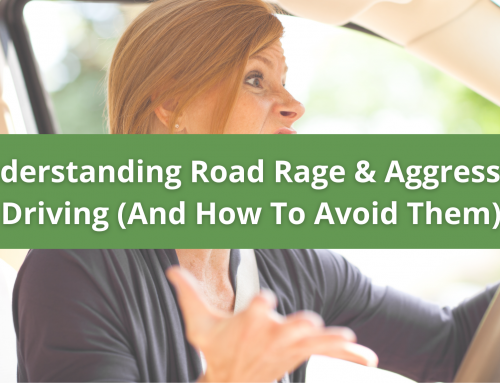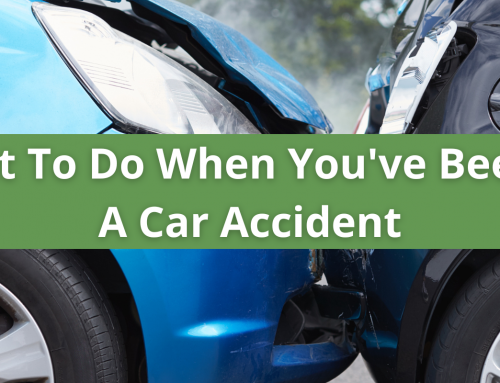When starting your driving journey or moving from another state, it can be confusing learning all of the rules of the road in Ohio. You’ve likely seen many competing auto insurance commercials and ads recommending what is “best” for you. Some laws vary from state to state, but you want to make sure you’re prepared for an accident or unexpected stop from a police officer.
Obtaining auto insurance, like in most states, is a legal requirement in the State of Ohio. You must have a policy in place before you can register your vehicle, and you must maintain it throughout the lifetime of your car ownership. This guide will cover all that you need to know about car insurance in Ohio and what steps to take to be road ready!
Ohio’s Minimum Coverage Laws
First, let’s start with the basics. Car insurance is a contract between you and an insurance company. You pay a premium, and in return, the insurer agrees to pay for your car-related financial losses. These can include repairs, medical bills, legal fees, and more.
Getting in an accident can be incredibly expensive for all parties involved and those who are at fault pay the most. All drivers in Ohio are required by law to have some form of financial responsibility to operate a motor vehicle. Without insurance, you’d likely be paying tens of thousands in damages – so this law is to protect you!
There are two ways to comply with this law: through insurance or a bond. Insurance is the most common option.
Is Insurance the Best Option for Me?
If you choose to get insurance, you must have at least bodily injury liability coverage and property damage liability coverage. Your insurance company will also issue you an insurance card to keep on hand in case of an emergency. The minimum amount of car insurance required in Ohio is:
- $25,000 bodily injury liability per person
- $50,000 bodily injury liability per accident
- $25,000 property damage liability per accident
Ohio is a great state for car insurance. The average cost of car insurance in Ohio is 1,037 per year, which is lower than most states by 27.3%! The state has a wide variety of insurance companies to choose from, and there are a few things to keep in mind when shopping for car insurance in Ohio.
When Would a Bond Be a Better Option?
If you choose to use a bond or post collateral instead of auto insurance, you will need to supply $30,000 upfront to cover your potential losses. This option is favored by business owners or those who have multiple vehicles.
It is important to note that the minimum coverage required by law may not be enough to fully protect you in the event of a serious accident. You may want to consider getting more coverage than the minimum to safeguard your assets.
Is it mandatory to have insurance in Ohio?
Yes, it is mandatory to have insurance in the state of Ohio. The state requires a minimum of $25,000 per person for bodily injury liability and $50,000 per accident, as well as $25,000 for property damage liability.
These are the bare minimums, and you are always free to purchase more coverage if you feel it is necessary. The state minimums are not always enough to fully cover your financial damages after an accident. If you cause an accident, the other driver’s medical and repair bills could easily exceed these limits stated above. If that is the case, you will have to pay the difference out of your pocket.

What is considered full auto coverage?
Most people choose to purchase full auto insurance coverage in Ohio because it offers the best protection for your vehicle. This type of coverage includes collision and comprehensive auto insurance, which covers damages to your car that are not caused by a collision, such as a fire, theft, or vandalism.
While full auto insurance coverage is not required by law, it is highly recommended. Without this type of coverage, you would be responsible for paying for any damages to your vehicle out of your pocket. If you cause an accident, collision insurance would pay for the repairs to your car, up to your policy limit. Comprehensive auto insurance would cover unexpected damages to your car that are not caused by an accident.
If you are financing or leasing your vehicle, your lender will require you to carry full auto coverage. Even if you are not required to carry this type of coverage, it is still a good idea to do so. It offers the best protection for your vehicle and can save you a lot of money in the long run.
When is full coverage not worth it?
If your car is not worth very much, getting full coverage may not be worth it. You should calculate the value of your car and compare it to the cost of your premiums to see if it is worth upgrading to a higher insurance plan.
In some cases, it may be more cost-effective to simply buy a new car rather than fix a totaled car. Each scenario and accident will be different, so there is no “one size fits all” answer other than maintaining the minimum liability coverage amounts.
When Will I Need to Show Proof of Insurance?
Getting car insurance is the first step to getting yourself behind the wheel! Once you’ve decided on your insurance company, you’ll need to show proof of insurance during these circumstances:
- You will need to provide the BMV with proof of insurance when registering your car.
- Your insurance card needs to be with you at all times while driving, just in case!
- If you’re pulled over, you must show your insurance card to the officer.
- If you’re involved in an accident, you must show your insurance card to the other driver along with exchanging personal information.
Failure to comply with any of these laws can result in a ticket! If you don’t have your proof of insurance when stopped by an officer or after an accident, you will likely receive a non-compliance suspension.
This suspension can be removed but you will need to prove you had coverage at the time of the traffic stop or accident and provide it to the BMV. Along with paying for the ticket and suspension fees, you may experience an increase in your monthly insurance premium.
Why Did My Insurance Go Up?
Your car insurance premium is directly linked to your driving record! Many insurance companies give discounts to their customers who practice safe driving – so it is worth it to drive a little slower. Here are some ways to keep your premiums down:
- Your rates may go up if you cause an accident or get a ticket – it pays to be careful!
- Most insurance companies offer discounts for behaviors such as a good driving record, completing a defensive driving course, or purchasing a car with certain safety features built in.
- You may be able to get a lower rate by shopping around and comparing rates from different auto insurance companies.
- Don’t be a repeat offender – each point you get on your license from a ticket is likely to cost you more monthly.
The moral of the story is: a safe driver is a less expensive driver! Take your time while driving and choose the best auto insurance company for you.
Does insurance follow the car or the driver?
In Ohio, insurance follows the car. That means that as long as a vehicle is insured, any licensed driver can operate it. Fortunately, if you’re sharing a ride on a long journey or borrowing a friend’s car while yours is getting repaired, you’re covered by the owner’s policy.
The exception to this rule is if you are renting your car out in exchange for money or using your car for commercial purposes. These scenarios are only covered by a business or commercial insurance.
Penalties For Not Having Insurance In Ohio
If you are caught driving without insurance, you will face some stiff penalties. Failing to show proof of insurance when stopped by an officer or after an accident can result in your license getting temporarily suspended.
If you are unable to produce proof of insurance when the accident occurred, you will be required to purchase at least the state minimum liability insurance and pay a fine. Once that documentation has been processed your suspension will be lifted.
Unfortunately, you will still have the same penalties if you did have insurance during the accident or traffic stop but cannot show proof. On a positive note, your suspension can be lifted if you can show proof of coverage at the time of the occurrence to the BMV.
It is possible that you might need to file an SR-22 form after you are caught without your insurance on hand. An SR-22 is a certificate of financial responsibility that you present to the BMV after an incident. This form is to prove that the insurance company has verified you are carrying the required amount of insurance.
If your insurance policy lapses, your SR-22 will be revoked and you will lose your driving privileges. The best practice is to keep up with your insurance requirements and keep your insurance card in your car to avoid future issues!

Frequently Asked Questions About Ohio Car Insurance Laws
You’re not alone if you have questions about Ohio car insurance. Here are answers to some of the most frequently asked questions about Ohio car insurance laws.
When did car insurance become mandatory in Ohio?
For the majority of the 19th century, there was no mandatory car insurance. It wasn’t until 1970 that car insurance became mandatory in the State of Ohio. Most recently, in 2013, the requirements for minimum liability insurance were raised to the amounts that they are today.
With these rules in place, carrying insurance protects you and the others around you. Since its development, there are now over 5,000 different car insurance companies to choose from! You’ll likely be able to find one that suits you.
Is Ohio a no-fault car insurance state?
To put it simply, Ohio is NOT a no-fault car insurance state. Typically, by assessing the damages done during an accident, you’re able to find who as fault for the incident. There must be proof that whoever caused the accident failed to do what another driver could have prevented if they were in that same scenario.
It’s important to know that Ohio is a tort state. This means that if you are involved in an accident, whoever caused the accident is going to be held responsible for damages. The person who is found to be at fault will be required to pay for any damages that occur. This includes damage to property, medical bills, and any other expenses that may arise.
Can someone drive my car if they are not on my insurance in Ohio?
Yes, someone else can drive your car if they are not on your insurance in Ohio. Ohio car insurance laws state that your car insurance “follows” your car, not the person in it. For example, if your car is insured by you, and whoever borrows your car gets into an accident, your insurance policy is considered the “primary policy”. If the person who drove your car is also insured, their policy would be considered the “secondary policy”.
Unfortunately, your insurance rates will likely go up if they get into an accident. Be careful who you allow to drive your car!
When it comes to car insurance, it’s important to be an informed consumer. We hope this guide has helped you better understand car insurance in Ohio and how it works.




